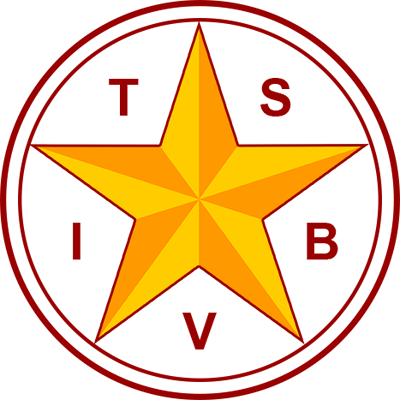DeafBlind Terminology
Authors: Adam Graves, Deafblind Education Consultant, Outreach Program, Texas School for the Blind and Visually Impaired (TSBVI)
Keywords: deafblind, DB, DeafBlind, Deaf-Blind, deaf-blind, blind-deaf, dual sensory impairment
Listen to the Article
There are many forms and uses of the term deafblind. These forms are used to differentiate legal definitions and medical diagnoses from terms that represent the personal identities of individuals in the DeafBlind community. The following is a list of terms that are most often found in current literature along with a description of their origin and/or usage:
- deafblind – A diagnosis of a combined loss of vision and hearing.
- Deaf-Blind – Established in the U.S. Code of Federal Regulations and the Helen Keller Act. Also: deaf-blind
- DeafBlind – Acceptance and pride in DeafBlind culture and community.
- DB – Denotes any of the terms listed above.
- Dual sensory impairment – Describes a later onset of vision and hearing loss, usually where one sense compensates for the other.
- Blind-deaf – Those who consider themselves culturally blind and become deaf later in life (Deeming, Gabry, Gasaway, Jordan, Pope, and Spiers, 2021).
The editors of TX SenseAbilities use this list to determine which form of the term deafblind is most appropriate for an article based on the context in which it is used. In instances in which a form of the term deafblind is used to describe or identify an individual or a group of individuals, the editors will defer to the author of, or the subjects featured in, the article for the preferred capitalization.
References
Deeming, P., Gabry, K., Gasaway, M., Jordan, B., Pope, R., & Spiers, E. (2021, April). Deafblind people and support service providers in the 21st century [White Paper]
https://www.nationaldb.org/media/doc/ssp-white-paper-2021.pdf
